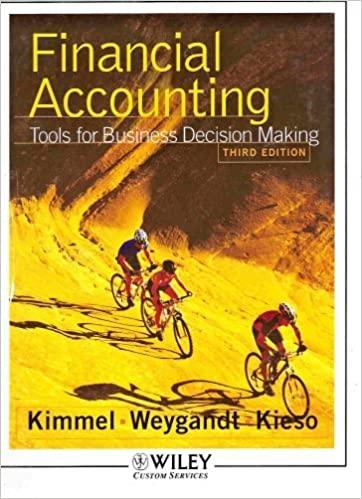Question
Required information Problem 11-4A (Algo) Analyzing changes in stockholders' equity accounts LO C3, P2, P3 Skip to question [The following information applies to the questions
Required information Problem 11-4A (Algo) Analyzing changes in stockholders' equity accounts LO C3, P2, P3 Skip to question [The following information applies to the questions displayed below.] The equity sections for Atticus Group at the beginning of the year (January 1) and end of the year (December 31) follow. Stockholders Equity (January 1) Common stock$5 par value, 100,000 shares authorized, 40,000 shares issued and outstanding $ 200,000 Paid-in capital in excess of par value, common stock 160,000 Retained earnings 340,000 Total stockholders equity $ 700,000 Stockholders Equity (December 31) Common stock$5 par value, 100,000 shares authorized, 47,400 shares issued, 3,000 shares in treasury $ 237,000 Paid-in capital in excess of par value, common stock 226,600 Retained earnings ($50,000 restricted by treasury stock) 420,000 883,600 Less cost of treasury stock (50,000 ) Total stockholders equity $ 833,600 The following transactions and events affected its equity during the year. Jan. 5 Declared a $0.40 per share cash dividend, date of record January 10. Mar. 20 Purchased treasury stock for cash. Apr. 5 Declared a $0.40 per share cash dividend, date of record April 10. July 5 Declared a $0.40 per share cash dividend, date of record July 10. July 31 Declared a 20% stock dividend when the stocks market value was $14 per share. Aug. 14 Issued the stock dividend that was declared on July 31. Oct. 5 Declared a $0.40 per share cash dividend, date of record October 10.



Step by Step Solution
There are 3 Steps involved in it
Step: 1

Get Instant Access to Expert-Tailored Solutions
See step-by-step solutions with expert insights and AI powered tools for academic success
Step: 2

Step: 3

Ace Your Homework with AI
Get the answers you need in no time with our AI-driven, step-by-step assistance
Get Started


